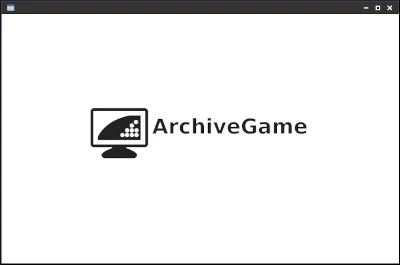Web site: cngsoft.no-ip.org/cpce (not active)
Category: Machine Emulators
Platform: DOS, Windows
License: Freeware
Interface: GUI
Wikipedia:
First release: August 1, 1997
CPCE – a programme for DOS, DPMI and WIN32 platforms that emulates the Amstrad CPC series of computers.
The British company Amstrad in 1984 released the CPC 464 computer in 1984, that had a Zilog Z80 microprocessor running at 4 MHz, 64 KB RAM and 32 KB ROM containing Locomotive BASIC 1.0, an embedded tape deck, a General Instruments AY-3-8912 sound chip or the compatible Yamaha YM2149, three graphic modes (160x200x16, 320x200x4 and 640x200x2) and its own screen (either a full colour one or the more economic monochrome green one); external hardware (RAM expansions, floppy disc drives, joysticks, printers, etc.) was available. Later that year, Amstrad released the CPC 664 that had Locomotive BASIC 1.1 and replaced the tape deck with a 3″ disc drive (that included its own 16 KB ROM disc operating system, AMSDOS), but still allowing external tape decks to be plugged.
In 1985, the CPC 6128 followed the CPC 664 with more internal RAM (128 KB) and became one of the most popular computers in European countries. Different brands distributed the CPC computers, such as Schneider in West Germany; there was even a bootleg CPC in East Germany, the KC Compact or KCC.
The CPC emulation performed by CPCE is as follows:
– Z80 operations (both documented and undocumented ones) are correctly emulated; operation timing is also emulated, thus allowing time-dependent operations such as raster effects or digital speech to be correctly reproduced.
– Memory emulation supports from the standard 64 KB RAM and 32 KB ROM up to 2112 KB RAM and 528 KB ROM.
– Tape playback is emulated through sound samples (WAV, VOC and CSW) and tape images (CDT and TZX); tape recording is also supported.
– Disc emulation is based on disc images (DSK) that can be created, read, written and formatted.
– Sound playback emulates the three square wave channels, plus the noise channel and hardware envelopes; digital speech and sample playback are supported too.
– All the three default graphic modes are emulated, and custom modes (raster effects, overscan, ruptures…) are mostly emulated too. It’s also possible to select the programmable CRTC (cathode ray tube controller) model and to switch between colour and green screens.
– CPC joysticks are emulated through the PC joysticks and the keyboard; the keys mapping the joystick can be redefined.
– Printer output is recorded into log files.
– Dr.Zed’s Symbiface 2 expansion kit (512 KB static RAM, PS/2 mouse, realtime clock, two hard disc drives) is emulated through three files (dumps of the static RAM and the disc drives), the PC mouse and the clock.
CPCE provides several functions besides the emulation, too:
– A Z80 debugger featuring a code disassembler and register and memory editors and supporting breakpoints, stepping, tracing and searching allow you to study the internal behavior of CPC software.
– Status of machine can be saved and loaded as snapshot files (SNA), and whole sessions can be recorded and played back as movie files (SNP) and even shared through netplay in the WIN32 version.
– Emulation can be tweaked to allow CPCE to run in lower performance computers (through disabling sound, frame skipping, emulation simplifiation, etc.) and to provide features that weren’t available in real CPC machines (such as accelerated Z80 emulation, direct access to normal files from inside the emulator, autorun of tape and disc images, etc.).
– Screenshots can be saved as BMP files, sound can be recorded as both sound samples (WAV) and sound chip logs (YM), image can be enhanced through double resolution, pixel dithering and interframe blending, and sound can be played in three quality frequencies (11, 22 and 44 KHz), stereo, 16-bit and filtered. The WIN32 version can record AVI videos as well.
The CPCE package also includes several utilities:
– YMP is a YM2149 sound chip emulator that plays YM files.
– CSW allows to compress WAV and VOC files into CSW ones, and to decompress CSW files into VOC ones.
– LPTPC, LPTPCIO, LPTCPC and LPTREC are data transfer utilities that connect a real CPC to the PC through a parallel cable.

